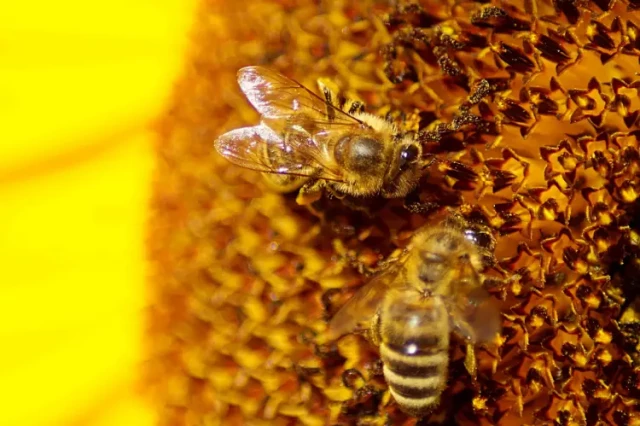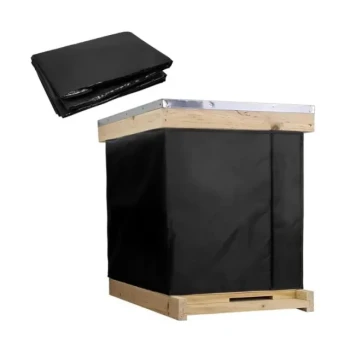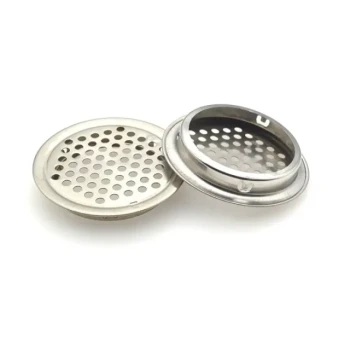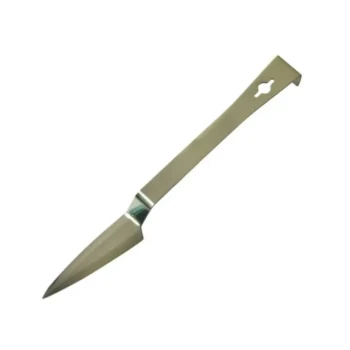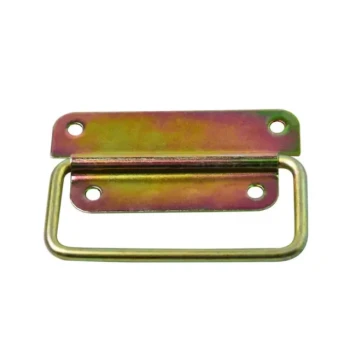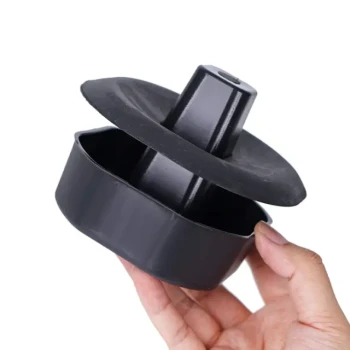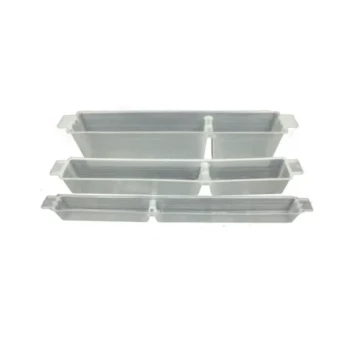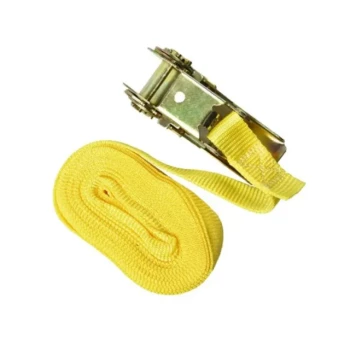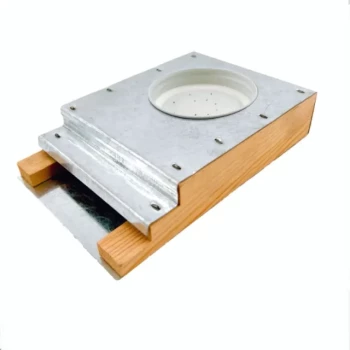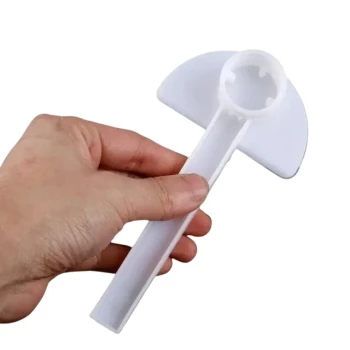Key Benefit: Learn when and how to insulate hives based on freeze patterns and bee biology—boosting colony survival rates by adapting to unpredictable climates.
Understanding the First Hard Freeze
Winter bee colony survival hinges on precise insulation timing. Research shows colonies insulated after the first hard freeze face 30-50% higher mortality rates due to sudden temperature drops disrupting the bees' clustering behavior.
Why Temperature Fluctuations Threaten Hive Stability
Bees maintain hive temperatures by clustering and shivering. An uninsulated hive during early freezes forces bees to expend excess energy, depleting honey stores prematurely. Key risks include:
- Brood chilling: Larvae die if temperatures fall below 93°F (34°C) for extended periods.
- Cluster breakdown: Bees struggle to regroup after abrupt cold snaps, leaving peripheral bees vulnerable.
Regional Variations in Freeze Patterns
Insulation timing varies by microclimate:
| Region | Typical First Freeze Window | Adaptation Tip |
|---|---|---|
| Northern U.S. | Late September–October | Insulate 2–3 weeks before average freeze date |
| Pacific Northwest | November–December | Prioritize moisture control; use breathable insulation |
| Southern U.S. | December–January | Delay insulation until consistent lows below 50°F (10°C) |
Pro Tip: Track local soil temperatures—bees reduce activity when soil hits 50°F (10°C), signaling insulation readiness.
Practical Steps for Beekeepers
Monitoring Local Frost Dates: Tools and Methods
- Historical Data: Use NOAA’s Frost Date Calculator or university agricultural extensions for 10-year averages.
- Real-Time Alerts: Set up freeze warnings via weather apps (e.g., Weather Underground’s "Frost Alert" feature).
- Hive Thermometers: Place sensors inside hive walls to monitor internal temps.
Choosing Insulation Materials for Your Climate
Match materials to regional needs:
-
Cold/Dry Climates:
- Material: 1"-thick polystyrene boards (R-value: 5 per inch)
- Placement: Wrap hive bodies, leaving upper ventilation.
-
Humid Climates:
- Material: Quilt boxes with wood shavings (absorbs condensation)
- Placement: Below inner cover to prevent moisture buildup.
Avoid: Overwrapping with non-breathable materials (e.g., plastic sheeting), which traps humidity and promotes mold.
Case Studies and Expert Insights
Success Stories: Timely Insulation and Colony Survival Rates
- Minnesota Beekeeper (2022): Insulated hives in mid-October, 1 week before an early freeze. Reported 90% winter survival vs. 60% in uninsulated neighbor hives.
- Vermont Apiary: Used double-walled hives with straw insulation, reducing honey consumption by 40% during a polar vortex.
Common Mistakes and How to Avoid Them
-
Early Insulation:
- Risk: Bees overheat, increasing activity and food use.
- Fix: Wait until daytime highs stay below 55°F (13°C).
-
Ignoring Microclimates:
- Risk: Urban "heat islands" delay freeze timing.
- Fix: Compare hive temps to rural weather stations.
-
Poor Ventilation:
- Risk: Condensation drips onto clusters, chilling bees.
- Fix: Install upper entrances or moisture quilts.
Ready to Protect Your Hives This Winter?
HONESTBEE’s beekeeping supplies—from insulated hive wraps to moisture-control quilts—help commercial apiaries and distributors safeguard colonies against winter losses. Explore our wholesale catalog for climate-adapted solutions today.
Final Thought: Like tuning an instrument, perfecting insulation timing harmonizes bee biology with your local climate—a skill that pays off in thriving spring colonies.
Visual Guide
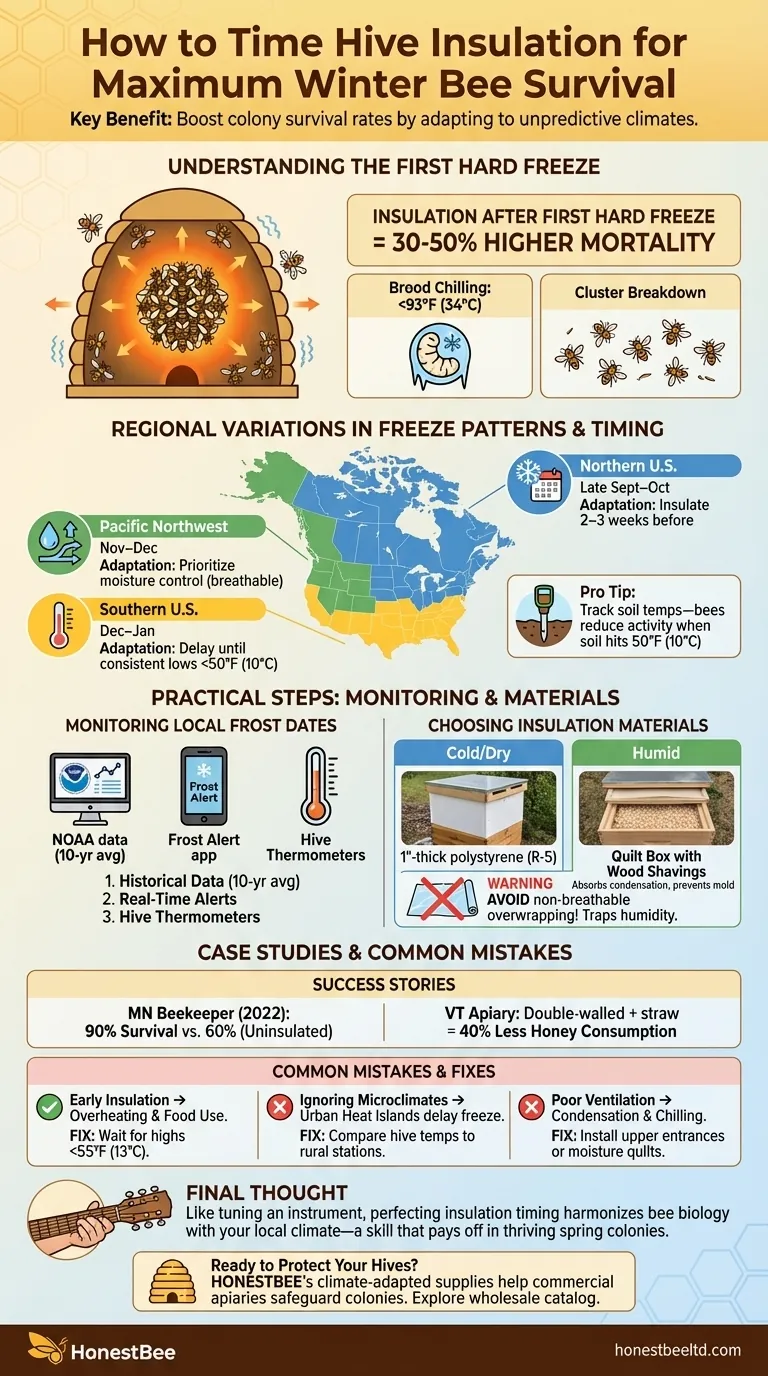
Related Products
- Professional Insulated Winter Hive Wrap for Beekeeping
- Professional Insulated Plastic Bee Hives
- Inner Beehive Cover for Beekeeping Bee Hive Inner Cover
- Wholesales Dadant Size Wooden Bee Hives for Beekeeping
- Stainless Steel Round Beehive Air Vents for Ventilation
Related Articles
- The Quiet Interface: How a Simple Inner Cover Prevents a War in the Hive
- Comprehensive Guide to Attracting Bees to a Hive
- The Physics of Wintering: Why Condensation is a Beekeeper's True Enemy
- Engineering the Winter Cluster: The Strategic Case for Foam Board Insulation
- Moisture, Not Cold: The Counterintuitive Physics of Wintering Bees
